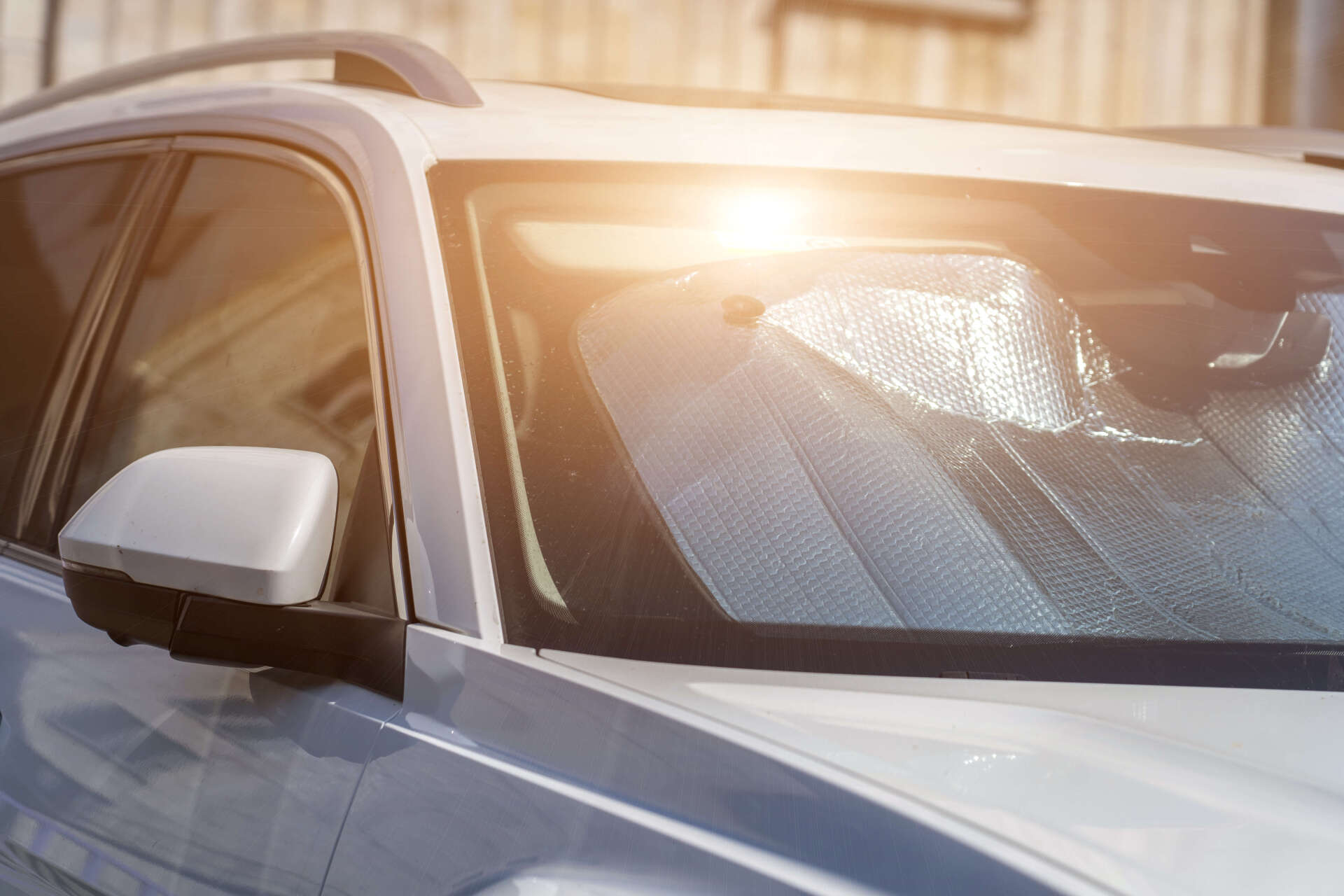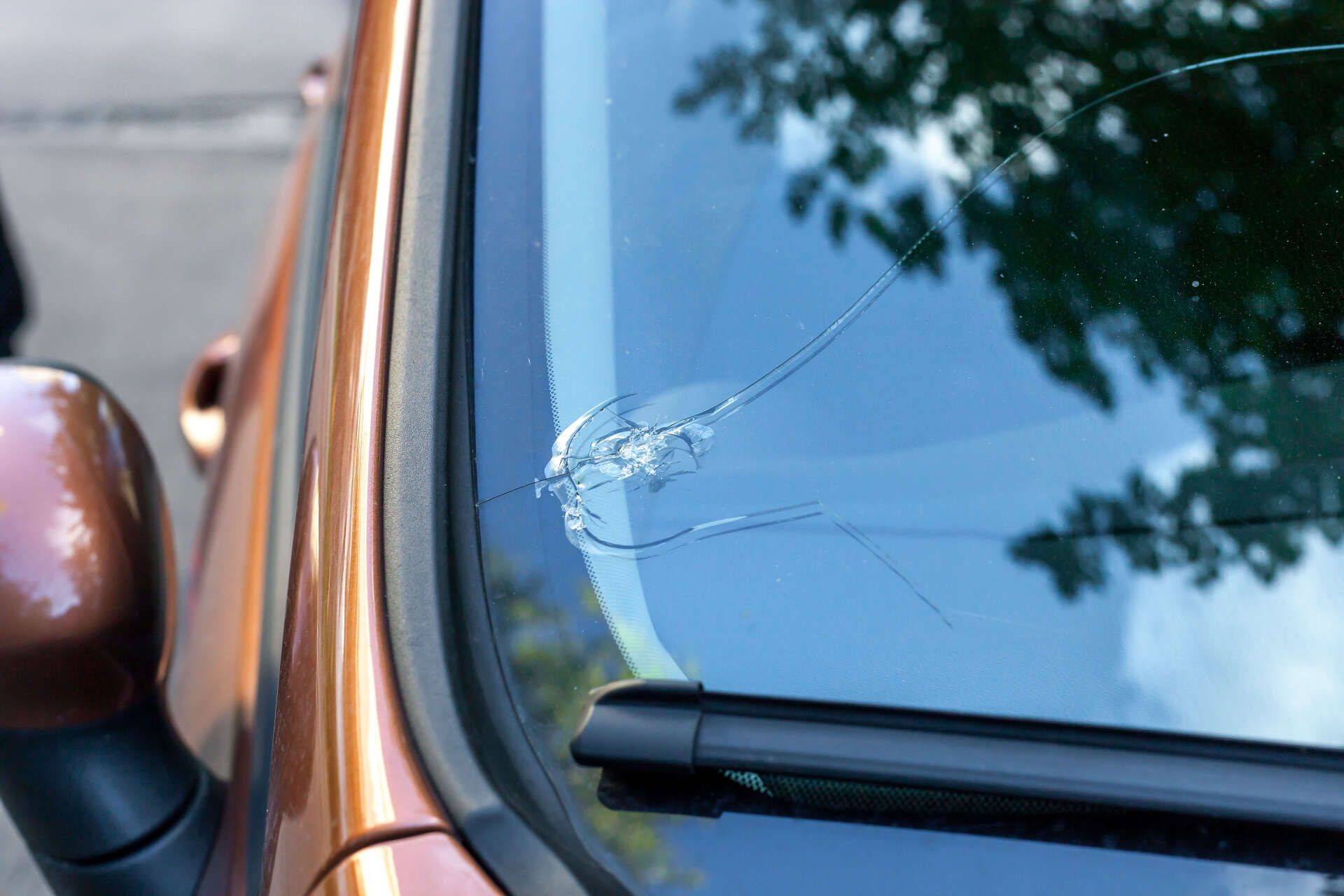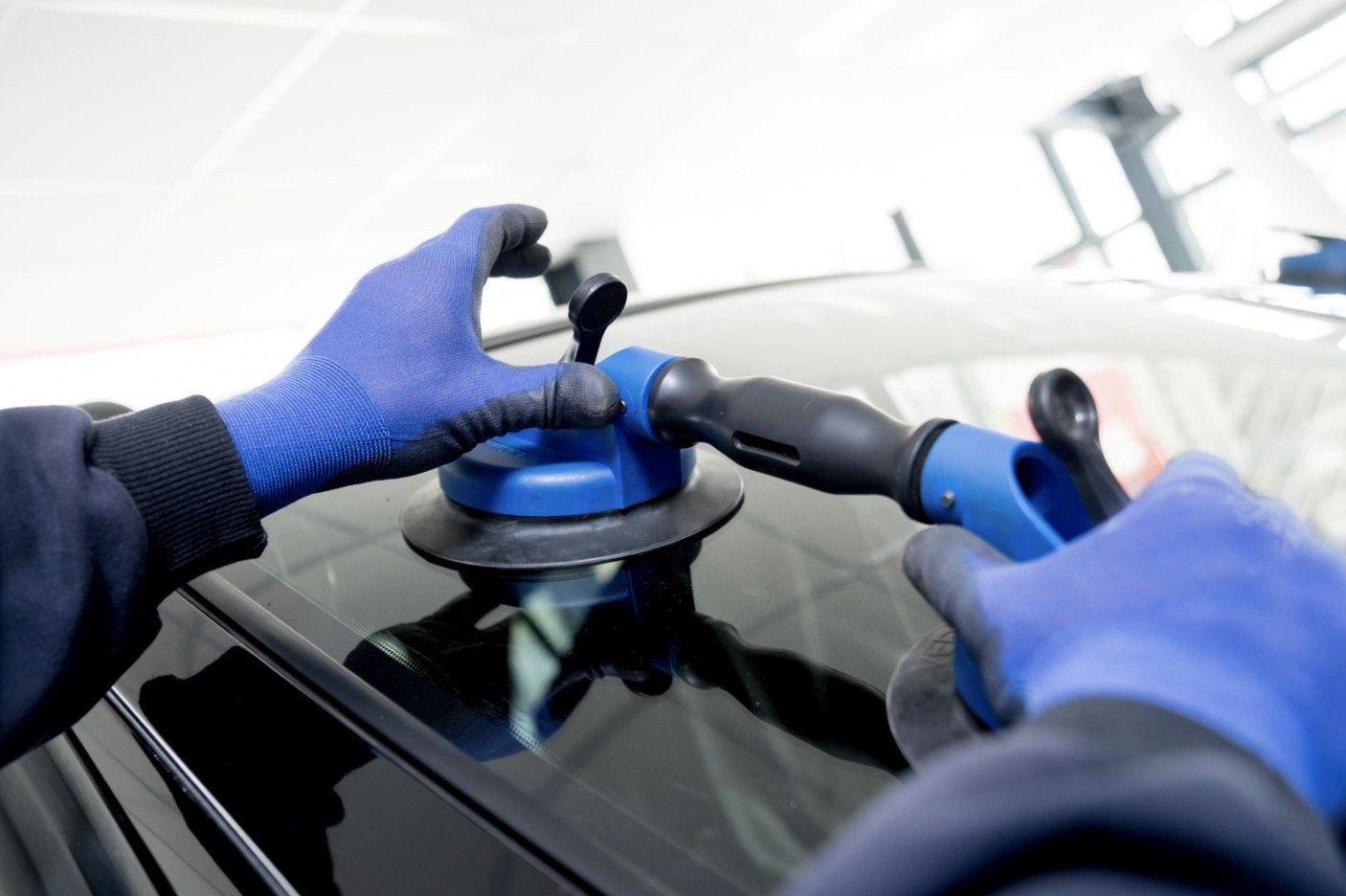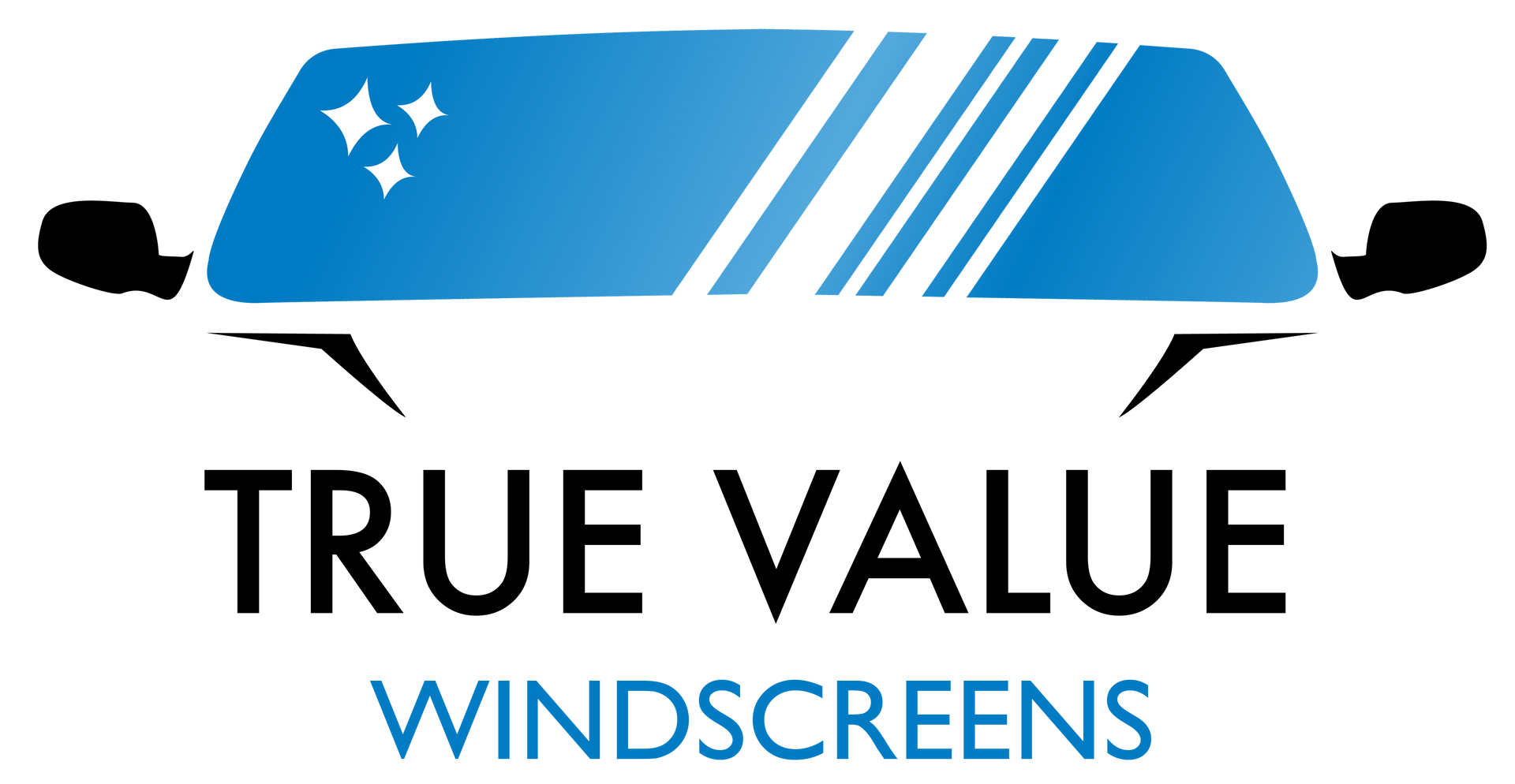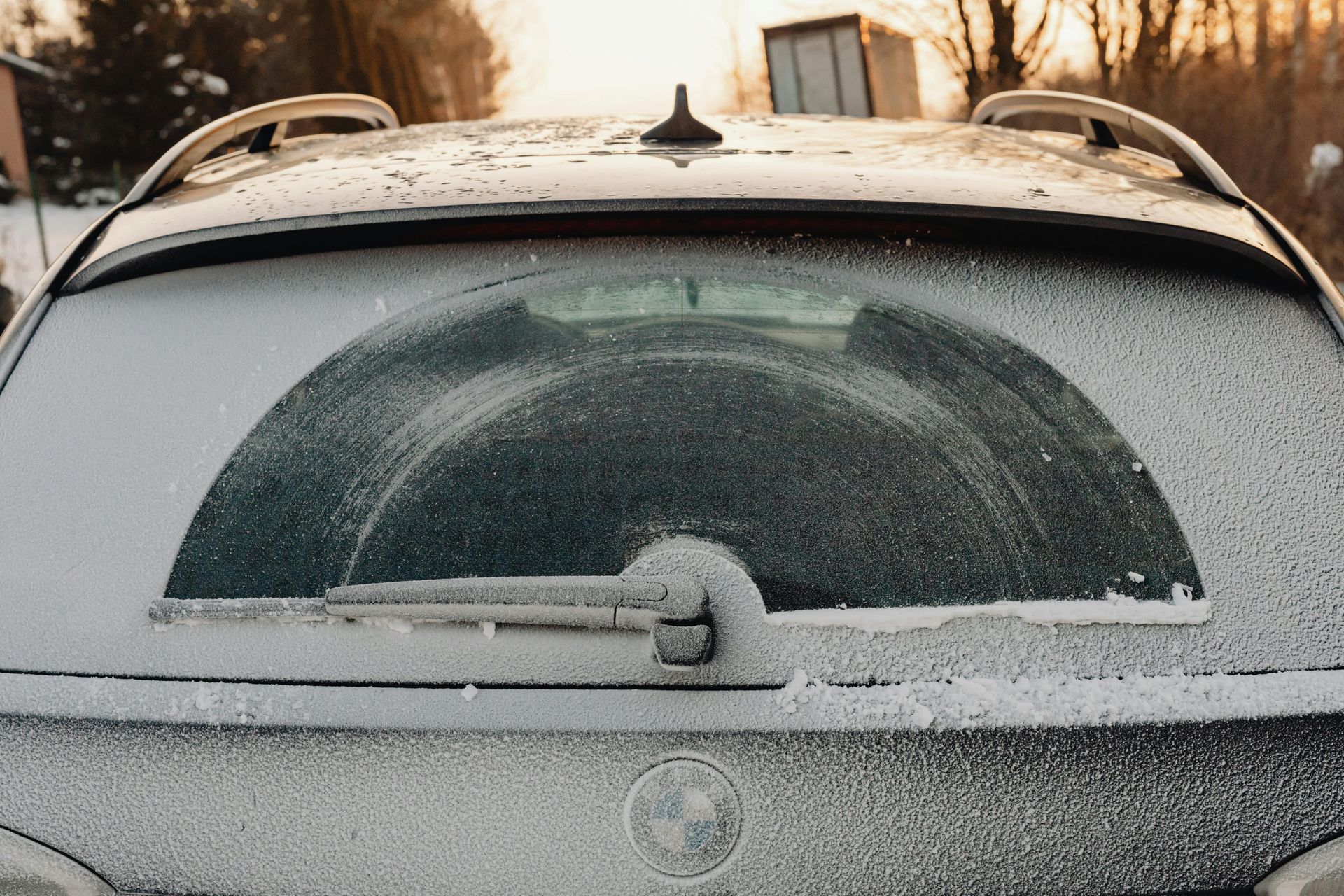How Insurance Claims for Windscreen Repairs Work
Windscreen damage can happen unexpectedly, leaving drivers anxious about repair costs and insurance claims. Whether it's a small chip from a gravel road or a more significant crack due to a sudden temperature change, these issues can compromise not just the aesthetics of your vehicle but also your safety on the road. For many drivers, the question arises: how do insurance claims for windscreen repairs work?
Understanding the process is crucial, especially in a bustling city like Sydney, where vehicles are constantly exposed to various hazards. Knowing your rights and the intricacies of your insurance policy can make a significant difference when you face windscreen damage. Additionally, being well-informed can help you avoid common pitfalls that could lead to denied claims or unexpected out-of-pocket expenses.
We’ll explore the essential aspects of the insurance claims process for windscreen repairs, including how to navigate your policy, the steps to take when reporting damage, and valuable tips for ensuring a smooth claims experience. True Value Windscreens’ knowledgeable staff will assist you in comprehending the details of your coverage. We will help you identify what types of windscreen damage are covered and any potential out-of-pocket costs.
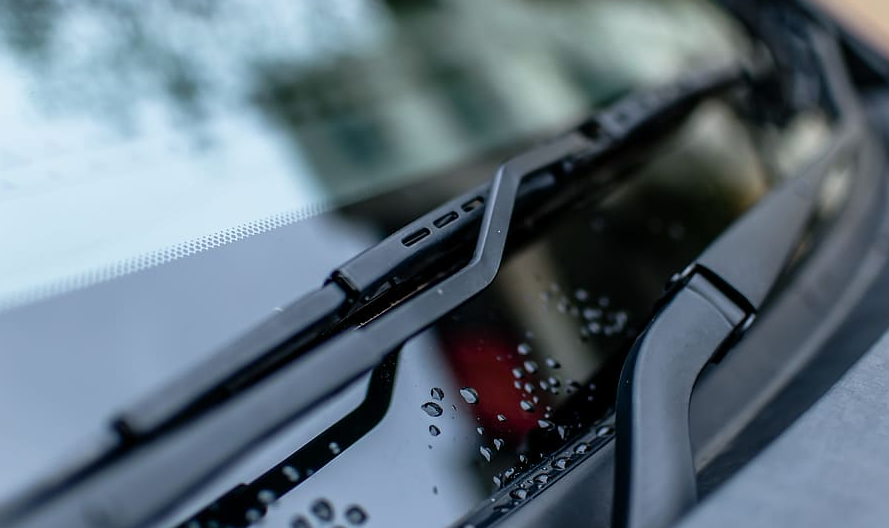
Understanding Your Insurance Policy
Before you can make a claim, it's essential to understand your car insurance policy. Most Australian car insurance policies include coverage for windscreen repairs, but the specifics can vary significantly. Typically, comprehensive policies cover windscreen damage, while third-party policies may not. It's important to check your policy documents or contact your insurer to confirm what types of windscreen damage are covered. It could include cracks, chips, or complete replacements. Knowing your coverage details will give you clarity on what to expect during the claims process.
The Importance of Reporting Damage Promptly
Once you notice windscreen damage, report it to your insurer as soon as possible. Most insurance companies have time limits for filing claims after the damage occurs. Delaying your report could potentially complicate your claim or even lead to denial. When reporting damage, provide as much detail as possible, including when and where the damage occurred. If you have any photographs of the damage, include those as well. The information will help your insurer assess the situation more effectively.
Choosing a Repairer
Many insurers have preferred repair shops they work with. While you can usually choose your repairer, opting for an approved shop might streamline the claims process. Using a recommended repairer can also ensure that the work meets the insurer’s quality standards, which may be crucial if you ever need to make further claims. Before proceeding with repairs, check with your insurer if they cover the chosen repair shop. They might have specific requirements regarding the repairer's qualifications or the materials used, so it’s best to clarify these details upfront.
The Claims Process: Step by Step
- Notify Your Insurer: As mentioned, reach out to your insurer promptly. Provide all necessary details and documentation to support your claim.
- Assessment: Your insurer may send an assessor to evaluate the damage or require you to take your vehicle to a specific repair shop for an assessment. Be prepared for this step, as the outcome will determine whether the repair will be covered.
- Approval: Once the assessment is complete, your insurer will decide whether to approve the claim. This may take anywhere from a few hours to several days, depending on the insurer and the complexity of the claim.
- Repair Work: Upon approval, you can proceed with the repairs. If your repairer is in-network, they may handle the billing directly with your insurer, simplifying the process for you.
- Payment: Depending on your policy, you may need to pay a deductible upfront. After repairs are complete, your insurer will cover the remaining costs, either directly to the repair shop or as reimbursement to you.
Understanding Deductibles and Coverage Limits
Many policies include a deductible that you must pay before your insurance coverage kicks in. It's crucial to know what your deductible is, as it can affect your decision to file a claim. For instance, if the cost of the repair is lower than your deductible, it may not be worth claiming at all. Additionally, some policies may have coverage limits for windscreen repairs. Understanding these limits helps you anticipate any out-of-pocket expenses you might incur. Always consult your insurer for specific details on your coverage.
The Benefits of Repairing Instead of Replacing
Whenever possible, aim for repairs rather than complete replacements. Most insurers prefer repairs for minor damage, as they are usually less expensive than replacements. Furthermore, repairing your windscreen can help maintain your vehicle's resale value and prevent further issues related to structural integrity. Insurance companies often prioritize repairing a windscreen to ensure drivers stay safe on the road without incurring high costs. Keeping the repair minor not only helps you save money but also contributes to a more sustainable approach by reducing waste.
Final Thoughts
Navigating the insurance claims process for windscreen repairs doesn’t have to be daunting. By understanding your policy, reporting damage promptly, and following the necessary steps, you can ensure a smoother claims experience. Remember to document everything, communicate regularly with your insurer, and opt for repairs whenever possible. With this knowledge, you’ll be better equipped to handle windscreen damage effectively, allowing you to focus on what truly matters—your safety on the road. Choose
True Value Windscreens for an unmatched customer experience.
